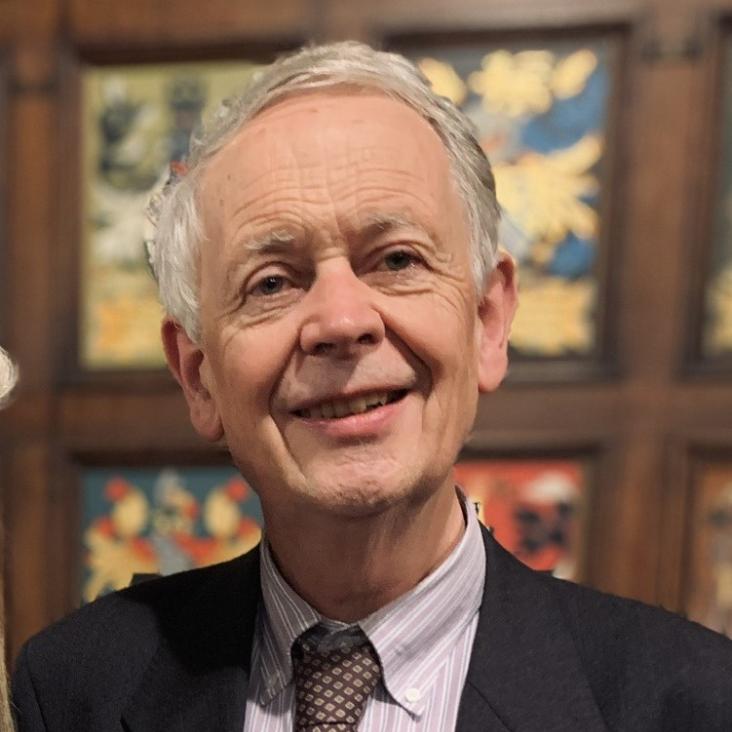Gaseous haloes: Linking galaxies to the IGM
New Astronomy Reviews 51:1-2 (2007) 95-98
Abstract:
In recent years, evidence has accumulated that nearby spiral galaxies are surrounded by massive haloes of neutral and ionised gas. These gaseous haloes rotate more slowly than the disks and show inflow motions. They are clearly analogous to the High Velocity Clouds of the Milky Way. We show that these haloes cannot be produced by a galactic fountain process (supernova outflows from the disk) where the fountain gas conserves its angular momentum. Making this gas interact with a pre-existing hot corona does not solve the problem. These results point at the need for a substantial accretion of low angular momentum material from the IGM. © 2006 Elsevier B.V. All rights reserved.Bubbles as tracers of heat input to cooling flows
ArXiv astro-ph/0701891 (2007)
Abstract:
We examine the distribution of injected energy in three-dimensional, adaptive-grid simulations of the heating of cooling flows. We show that less than 10 percent of the injected energy goes into bubbles. Consequently, the energy input from the nucleus is underestimated by a factor of order 6 when it is taken to be given by PVgamma/(gamma-1), where P and V are the pressure and volume of the bubble, and gamma the ratio of principal specific heats.Gaseous Haloes: Linking Galaxies to the IGM
ArXiv astro-ph/0701402 (2007)
Abstract:
In recent years evidence has accumulated that nearby spiral galaxies are surrounded by massive haloes of neutral and ionised gas. These gaseous haloes rotate more slowly than the disks and show inflow motions. They are clearly analogous to the High Velocity Clouds of the Milky Way. We show that these haloes cannot be produced by a galactic fountain process (supernova outflows from the disk) where the fountain gas conserves its angular momentum. Making this gas interact with a pre-existing hot corona does not solve the problem. These results point at the need for a substantial accretion of low angular momentum material from the IGM.DYNAMICS OF DISKS
Astrophysics and Space Science Proceedings Springer Nature (2007) 67-76
Symposium summary: Dynamics
Proceedings of the International Astronomical Union 3:S245 (2007) 455-458


